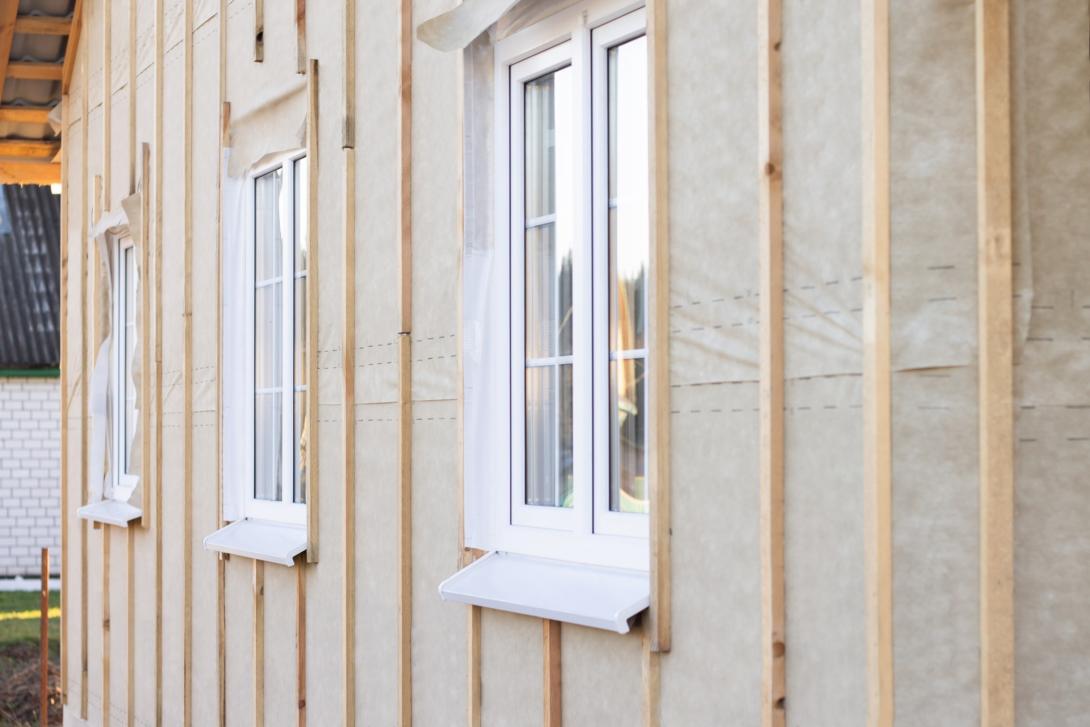
Insulation
Vapor Barriers
A vapor barrier, also called a vapor retarder, is a layer in the building envelope that prevents water vapor from entering the wall cavity. There are three different classes of vapor barriers. The class of vapor required depends on the climate zone and cladding type. In many cases, no vapor retarder is required.
Moisture control is critical in today’s airtight and well-insulated homes. In the past, vapor barriers were often installed on the inside of the building envelope to keep moisture from condensing inside the wall cavity during winter, which could encourage mold growth. But this can potentially keep walls from drying out if moisture condenses inside the wall during summer months. Building science research has refined when vapor vapors should be used, depending on both the climate and the type of cladding used.
Vapor barriers are classified by their vapor permeance, or perm rating, which is a measure of the rate of moisture diffusion through the material. Class I vapor barriers have a vapor permeance of 0.1 perm or less. Class II vapor barriers have a vapor permeance of between 0.1 and 1.0 perm. Class III vapor retarders have a vapor permeance of 1.0 perm or more.
No vapor barrier is required for mild or hot climates. Building code does require them in colder climates (zones 5 through 8), but in many cases a Class III vapor barrier like latex paint or a Class II barrier like Kraft-faced insulation is adequate.